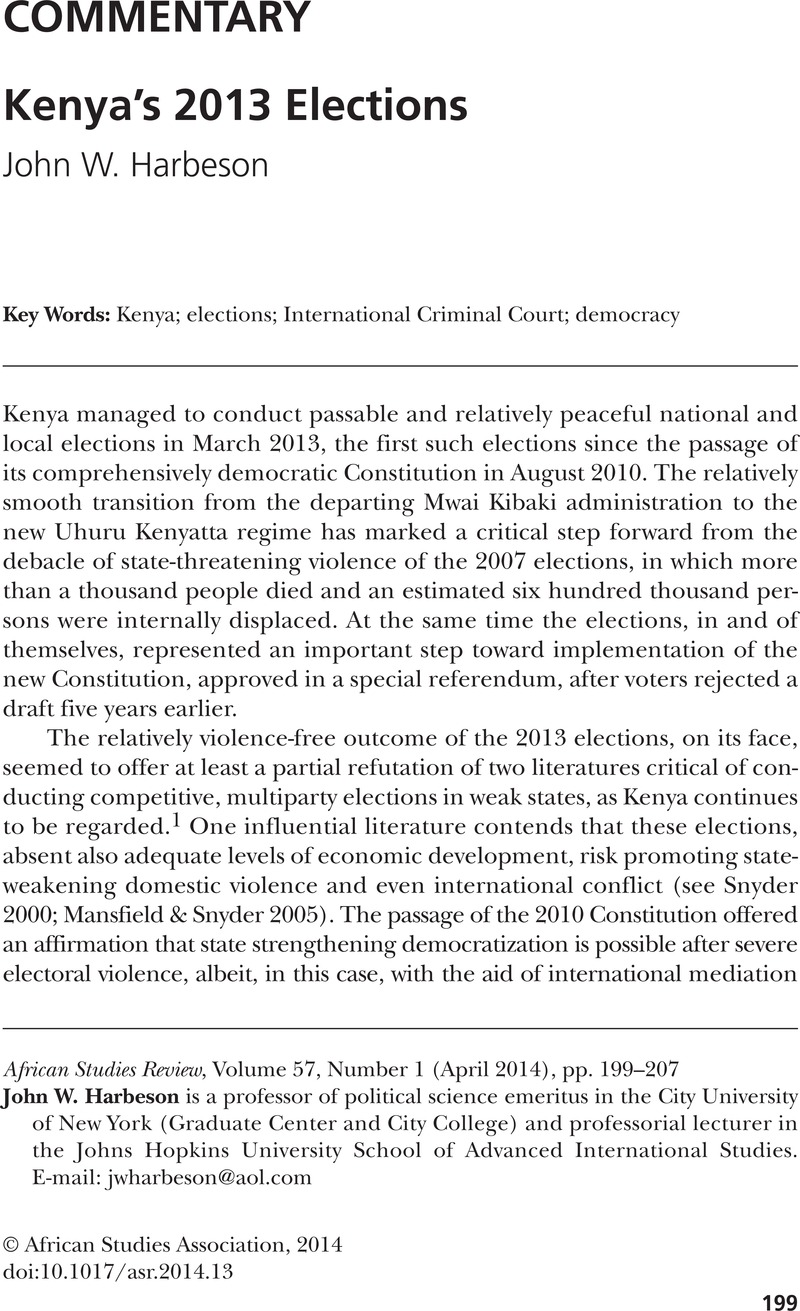Crossref Citations
This article has been cited by the following publications. This list is generated based on data provided by Crossref.
Orji, Nkwachukwu
2017.
Preventive action and conflict mitigation in Nigeria’s 2015 elections.
Democratization,
Vol. 24,
Issue. 4,
p.
707.
Chege, Mwangi
2017.
The state of public discourse in Kenya’s post-Moi era: Where are Kenya’s organic intellectuals?.
Canadian Journal of African Studies / Revue canadienne des études africaines,
Vol. 51,
Issue. 3,
p.
407.
Yoon, Mi Yung
and
Okeke, Christol
2019.
The Palgrave Handbook of Women’s Political Rights.
p.
243.



